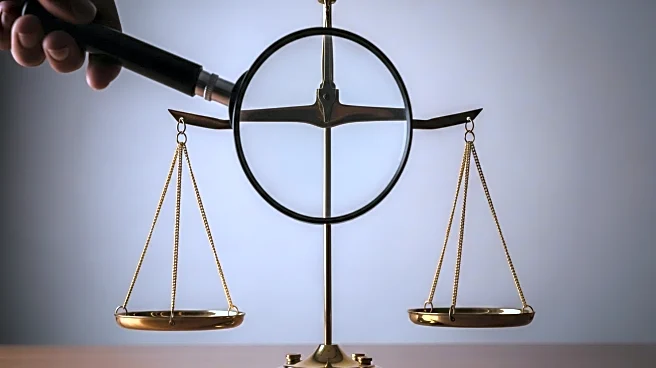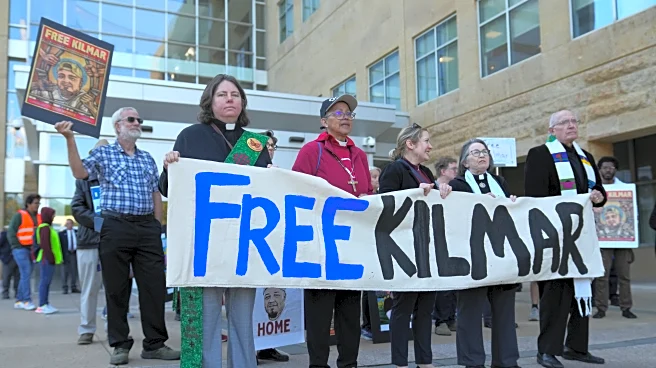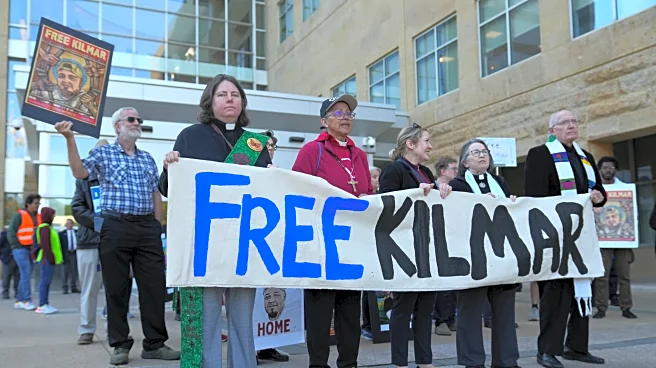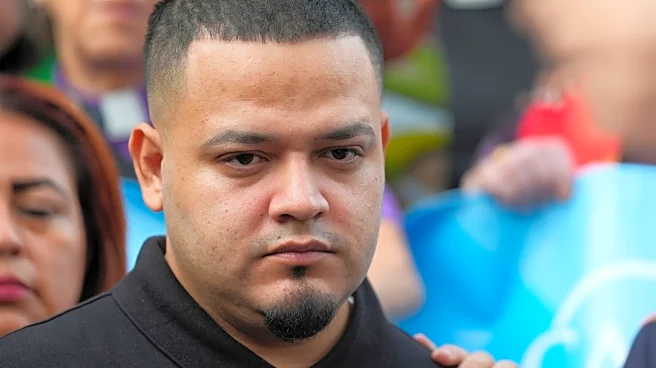What is the story about?
What's Happening?
The Trump administration has claimed that tattoos on Kilmar Abrego Garcia's fingers are proof of his membership in the MS-13 gang. However, gang experts have refuted this claim, stating that the tattoos—a cross, skull, smiley face, and marijuana leaf—do not definitively indicate gang affiliation. The administration posted a digitally altered image of Garcia's tattoos, adding letters and numbers to suggest gang symbols. Experts argue that MS-13 tattoos are typically explicit and serve as public identifiers within gang culture. Garcia's family and attorneys deny his gang involvement, emphasizing his lack of criminal convictions and his role as a day laborer and father.
Why It's Important?
The case raises significant concerns about the use of tattoos as evidence in legal and immigration proceedings. Misinterpretation of cultural symbols can lead to wrongful deportations and legal injustices, impacting individuals' lives and families. The situation also highlights the broader issues of immigration policy and enforcement under the Trump administration, particularly regarding the treatment of individuals from Central America. The debate over Garcia's tattoos underscores the need for accurate and fair assessments in legal contexts to prevent discrimination and uphold justice.
Beyond the Headlines
The controversy over Garcia's tattoos reflects deeper issues of cultural misunderstanding and the stigmatization of immigrant communities. It raises ethical questions about the portrayal of individuals in media and political narratives, potentially influencing public perception and policy decisions. The case also illustrates the challenges in balancing national security concerns with human rights and due process in immigration enforcement.
AI Generated Content
Do you find this article useful?














